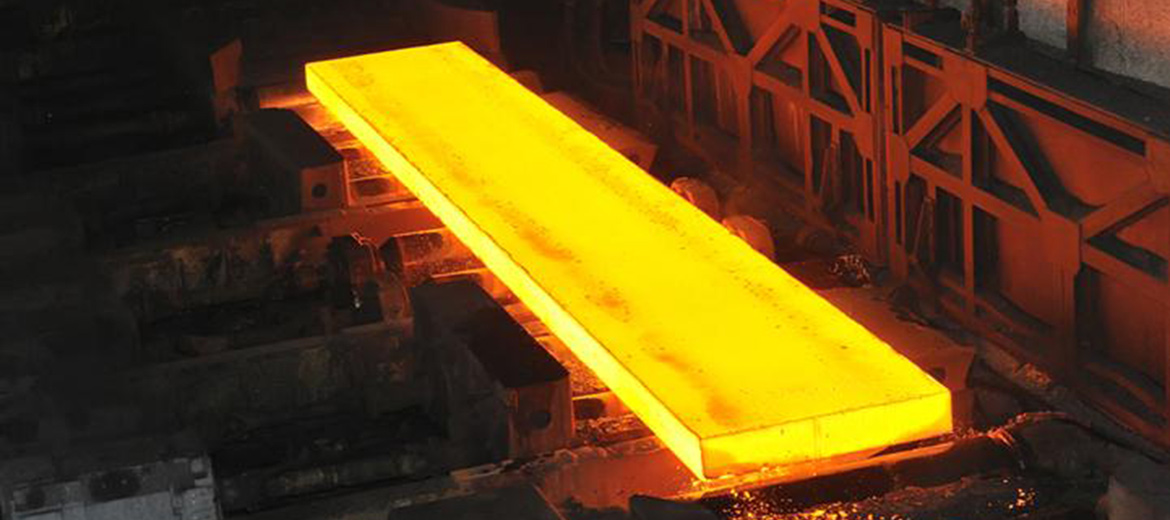ANNEALING
We offer exclusive heat treatment furnaces for Annealing process, which are used to heat the material to the annealing temperature range and maintain it at that temperature up to the specified time period. Being ideal for stress relieving and removing the work hardening of metals, these are robust in construction, durable and reliable. These furnaces use the most advanced technology and an efficient temperature control unit.
